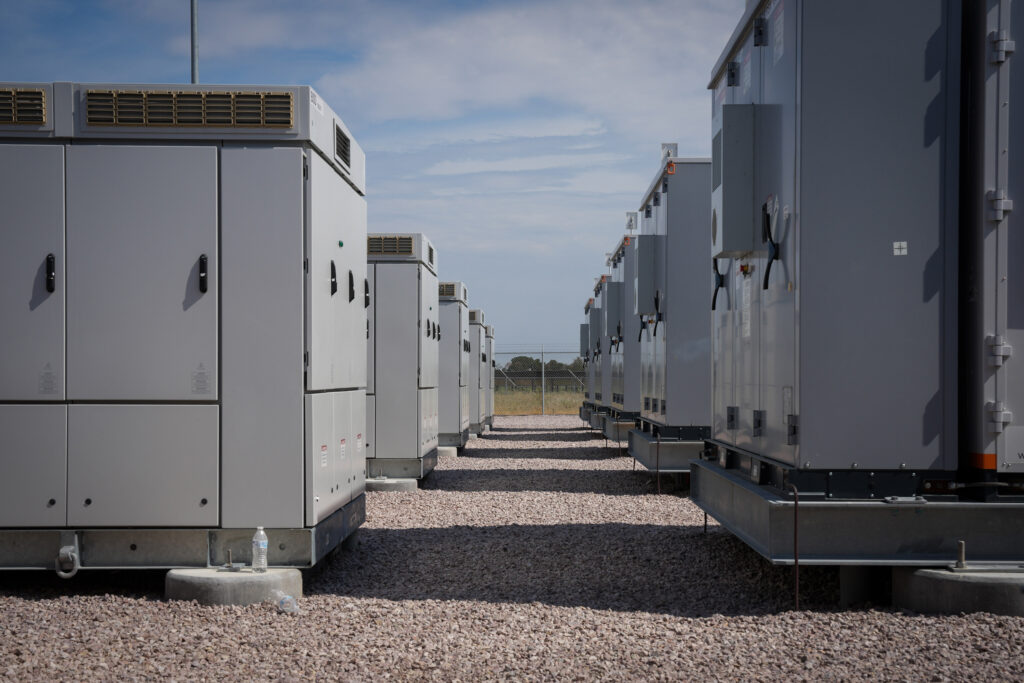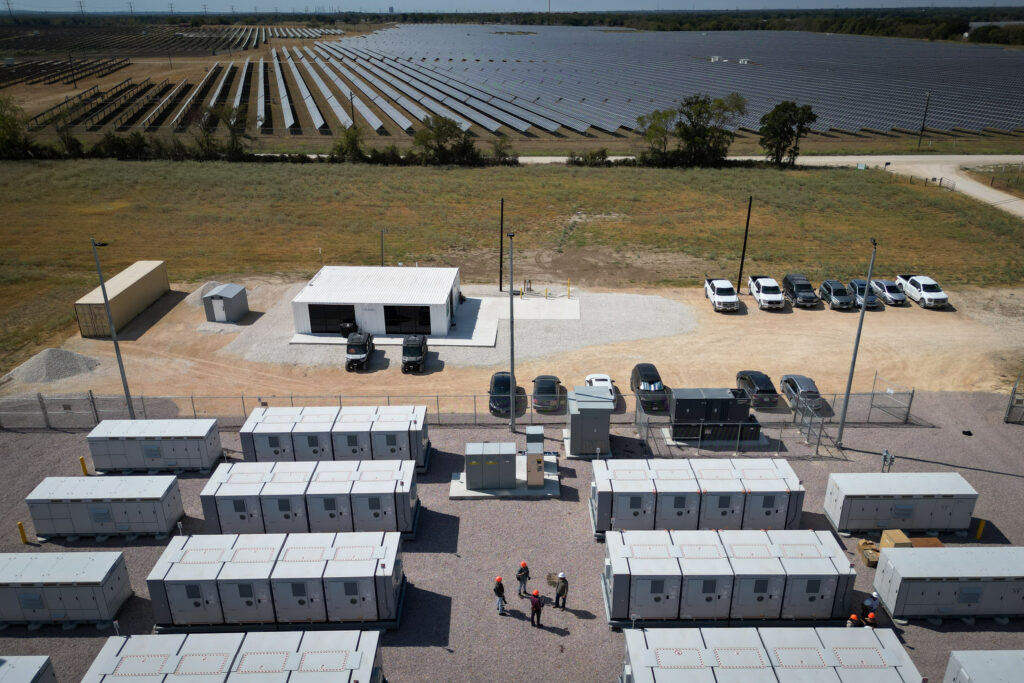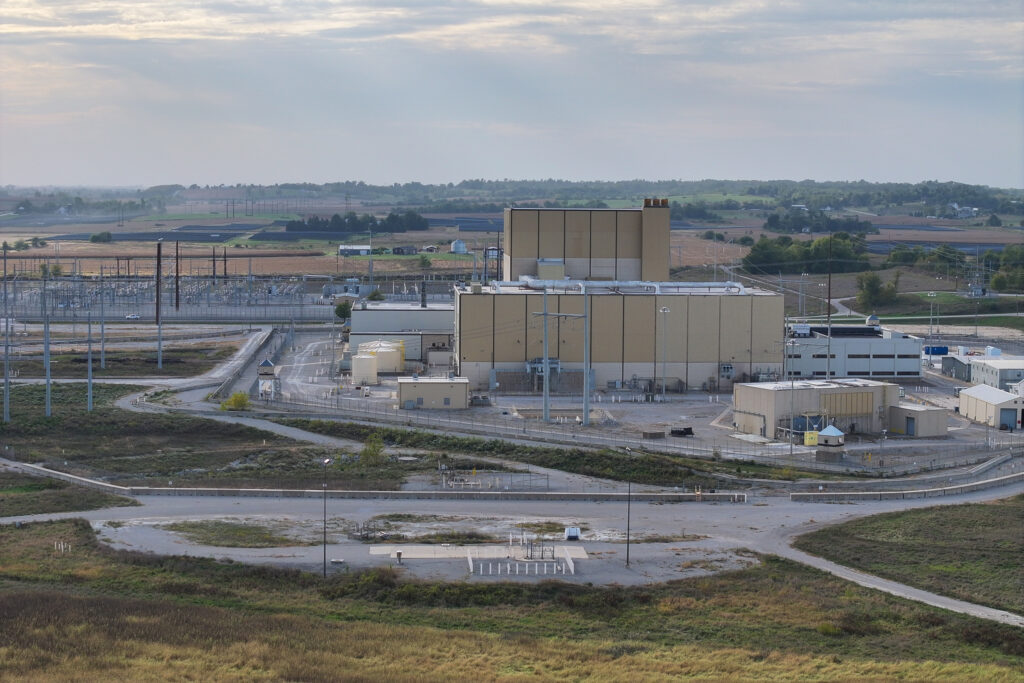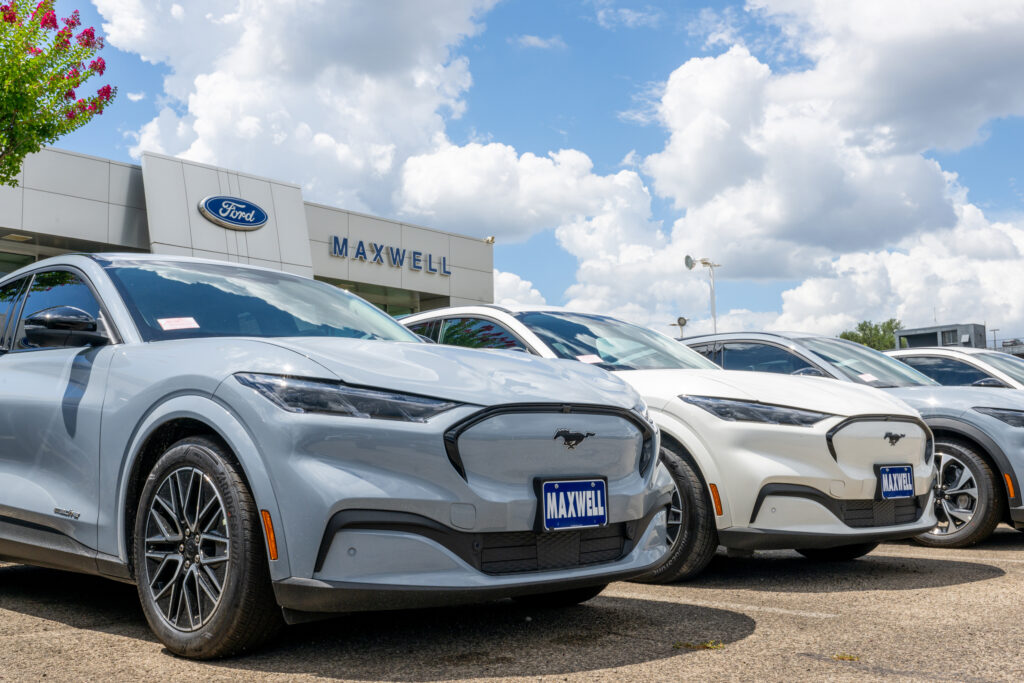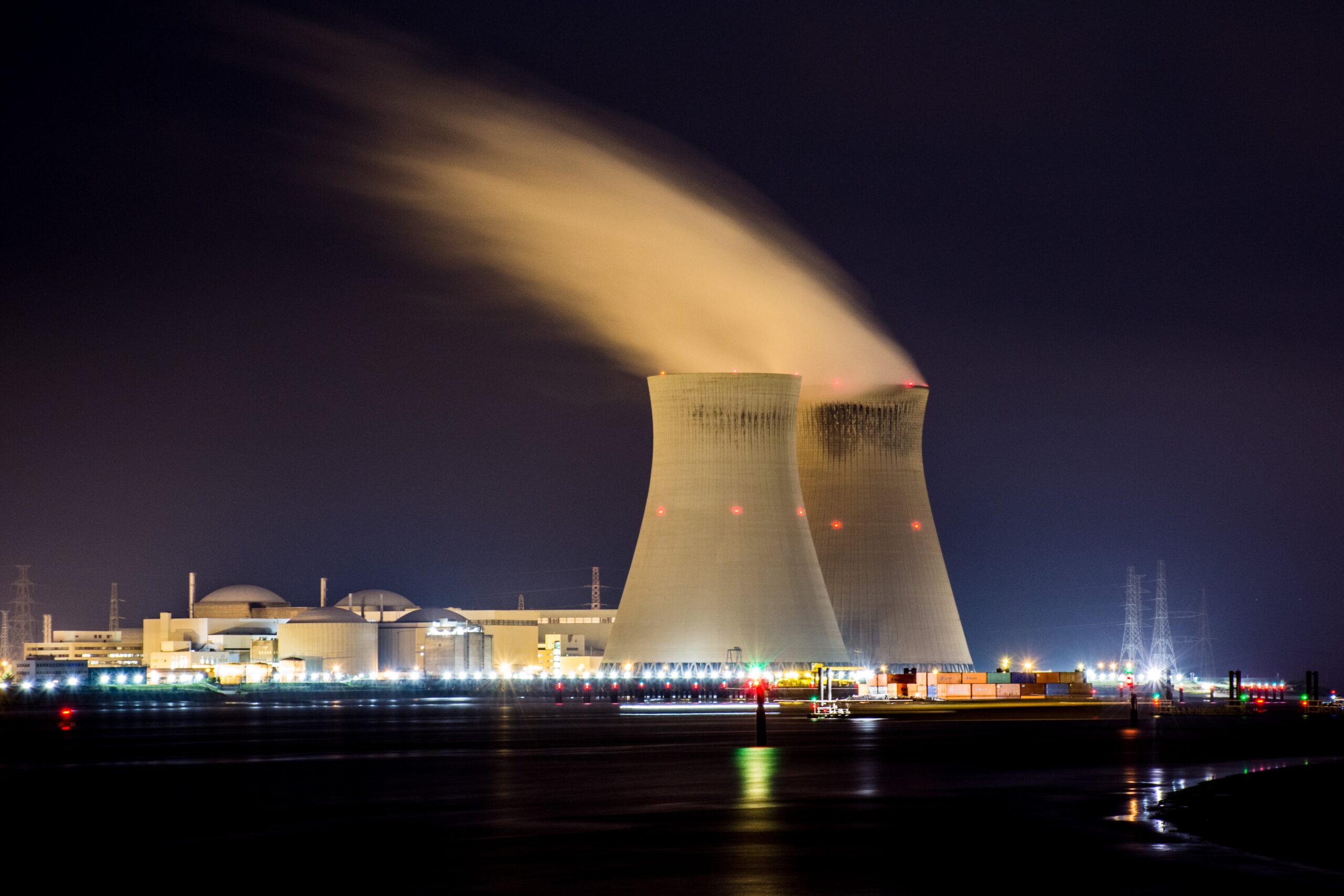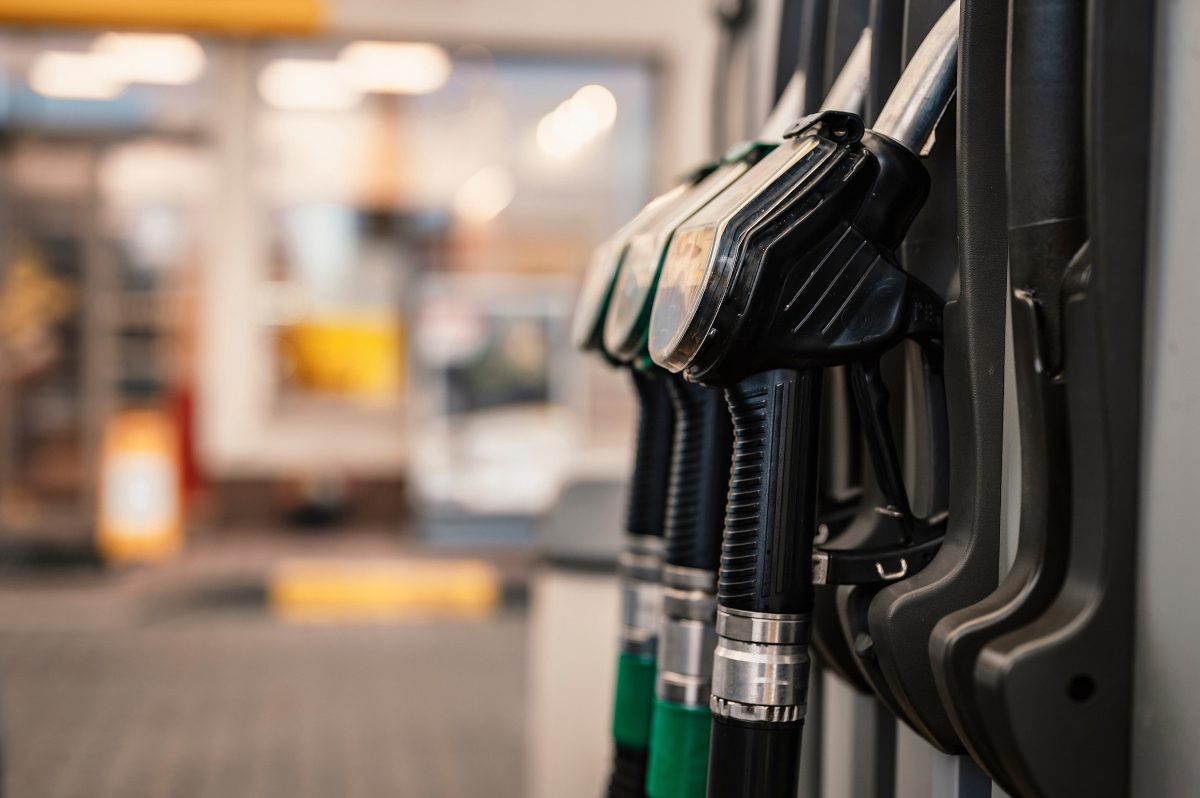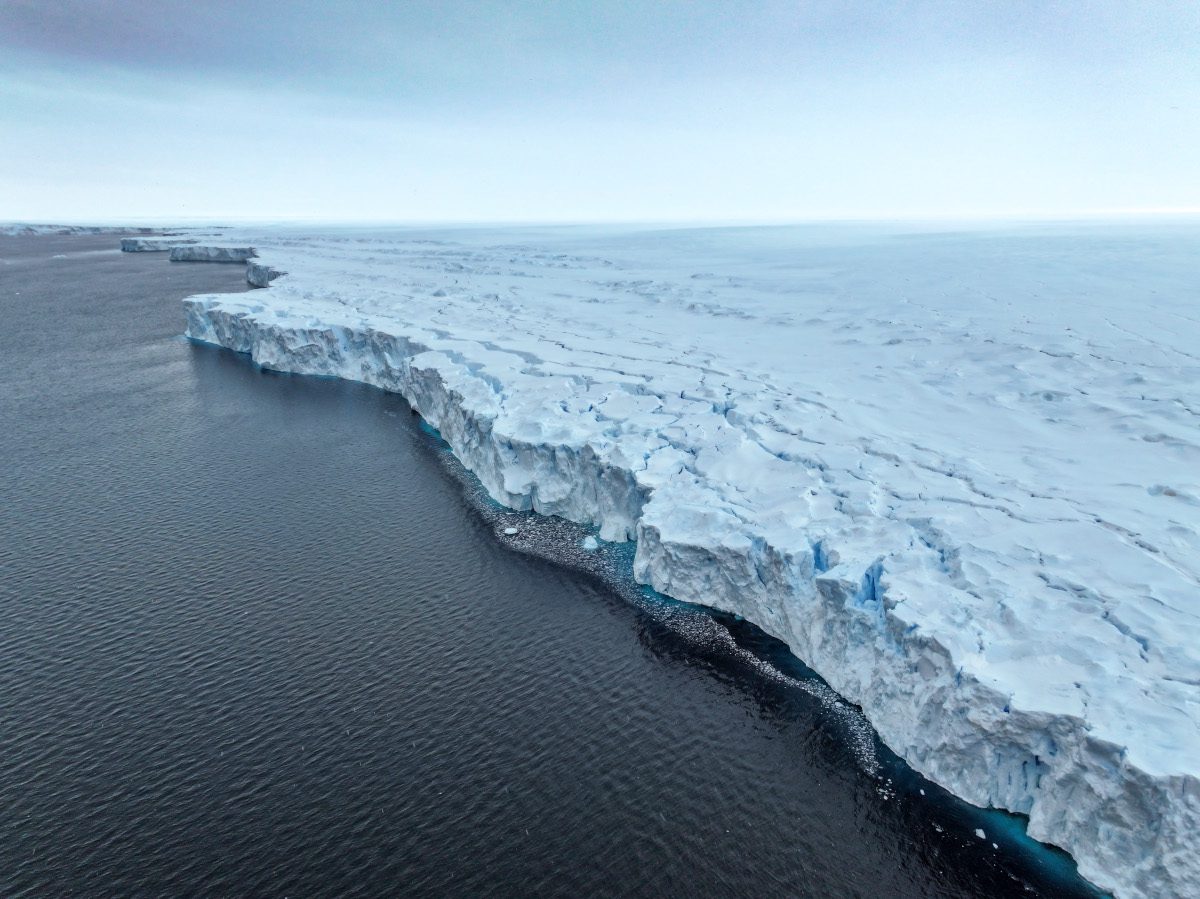As global temperatures continue to rise at a dangerous rate, so does the number of air conditioning units in use. Researchers at the University of Maryland’s Center for Environmental Energy Engineering have been working for years on Department of Energy-funded projects to implement technologies that may be the solution to making these machines more efficient and eco-friendly as dependence on them grows.
For decades, air conditioners used chemicals known as hydrofluorocarbons (HFCs), highly potent greenhouse gasses with a high global warming potential, as cooling agents. Finding an alternative refrigerant has been a top priority for researchers around the world, and the pace of their work picked up following the passage of the AIM Act in 2020 and the Senate’s ratification of the Kigali Amendment in 2022, both of which call for a phasedown of HFCs.
One promising alternative known as elastocaloric cooling emerged from a partnership between the teams of Dr. Reinhard Radermacher, a professor of mechanical engineering and the CEEE’s director, and Dr. Ichiro Takeuchi, a professor and the interim chair of the Department of Materials Science and Engineering at UMD. Takeuchi had been working with a colleague in the early 2000s with plans to use nickel titanium alloys for medical stents, but they ultimately switched directions when they realized the material had other potentials: While experimenting with nickel titanium wires, they found that they could create a tangible cooling effect by stretching and releasing it.
To pursue this possibility, they applied for funding from the Advanced Research Projects Agency – Energy, a subdivision of the Department of Energy, which is when Radermacher reached out to Takeuchi and asked to combine Takeuchi’s materials expertise with CEEE’s cooling expertise.
The CEEE, founded in 1991 by Radermacher and other faculty members, is a research center dedicated to finding ways to make energy conversion more environmentally responsible, with much of their research being focused on the efficiency of heat pumps in particular. The center typically has more than a dozen projects going on at a given time run by a team of faculty members and graduate students.
“The goal was to have a research arm that conducts work close to industry’s needs so that the output has nearterm benefits and supports students in experiencing industry relevant training with a smooth and effective transition to jobs,” said Radermacher. They have made major contributions to the field, such as developing air conditioning design software with the aim of achieving the best performance while remaining relatively inexpensive that is used by manufacturers around the world. People affiliated with the center have published hundreds of academic papers related to their research findings.
“The reason that we have been a major player for a long time, and still are, is because of this collaboration between our materials expertise and Reinhard’s center’s engineering expertise and HVAC technology. It’s really a perfect marriage between the two,” Takeuchi said.
From this marriage came a technique known as elastocaloric cooling, which involves applying mechanical stress to superelastic shape memory alloys such as nickel titanium alloys. The metal releases a large amount of heat when this tension is applied and can absorb it when the tension is released, thus creating a cooling effect. While the alloy does not have as strong of a cooling effect as HFCs, it is a promising alternative since metals are more stable than gas and both nickel and titanium are naturally occurring, meaning they are not harmful to the environment, according to Takeuchi.
Explore the latest news about what’s at stake for the climate during this election season.
In addition to Takeuchi’s team, Radermacher credits much of their success to DOE funding. Last fall, the center received $5 million to support three different projects related to heat exchanger and heat pump technology. Without this kind of funding, Radermacher said it would be “extremely difficult to make significant progress” on their elastocaloric cooling research considering how different their work is from existing cooling techniques.
“In our case, we want to compress the metal,” Radermacher said. “Think of a bundle of metal tubes, and now you compress them so that they get a bit shorter. You need to do it in a device where you can extract the heat or the cold from the tubes while they are still being compressed. This is not customarily being done, so it requires some creativity to get the heating and cooling effect out of that material.”
While Radermacher and Takeuchi are the original researchers working on this technology, the concept has been gaining traction around the world, leading to some healthy competition between various labs. Elastocalorics were featured in the World Economic Forum’s list of the top 10 emerging technologies of 2024.
At CEEE, the ultimate goal for this project is to create a cooling system that does not involve a fluid that releases anything into the atmosphere. In the meantime, the researchers would like to focus on making a system that has significant cooling capacity that is affordable, not too heavy and works efficiently. Takeuchi said that in the next couple of years, he can visualize small refrigerators and wine coolers being the first applications of this elastocaloric cooling since the current devices are suitable for a smaller scale application of refrigeration.
“In all caloric technology, there is a clear trend,” Takeuchi said. “We are plateauing in the energy density, which is an indication that we reached a place where technology has matured enough that now all we need to do is scale up, and then we should be able to start realizing real applications.”
About This Story
Perhaps you noticed: This story, like all the news we publish, is free to read. That’s because Inside Climate News is a 501c3 nonprofit organization. We do not charge a subscription fee, lock our news behind a paywall, or clutter our website with ads. We make our news on climate and the environment freely available to you and anyone who wants it.
That’s not all. We also share our news for free with scores of other media organizations around the country. Many of them can’t afford to do environmental journalism of their own. We’ve built bureaus from coast to coast to report local stories, collaborate with local newsrooms and co-publish articles so that this vital work is shared as widely as possible.
Two of us launched ICN in 2007. Six years later we earned a Pulitzer Prize for National Reporting, and now we run the oldest and largest dedicated climate newsroom in the nation. We tell the story in all its complexity. We hold polluters accountable. We expose environmental injustice. We debunk misinformation. We scrutinize solutions and inspire action.
Donations from readers like you fund every aspect of what we do. If you don’t already, will you support our ongoing work, our reporting on the biggest crisis facing our planet, and help us reach even more readers in more places?
Please take a moment to make a tax-deductible donation. Every one of them makes a difference.
Thank you,





